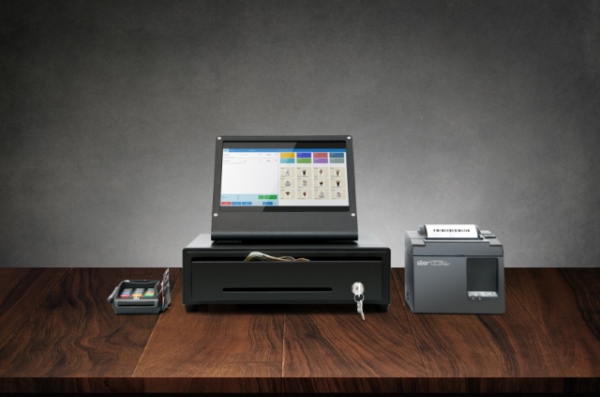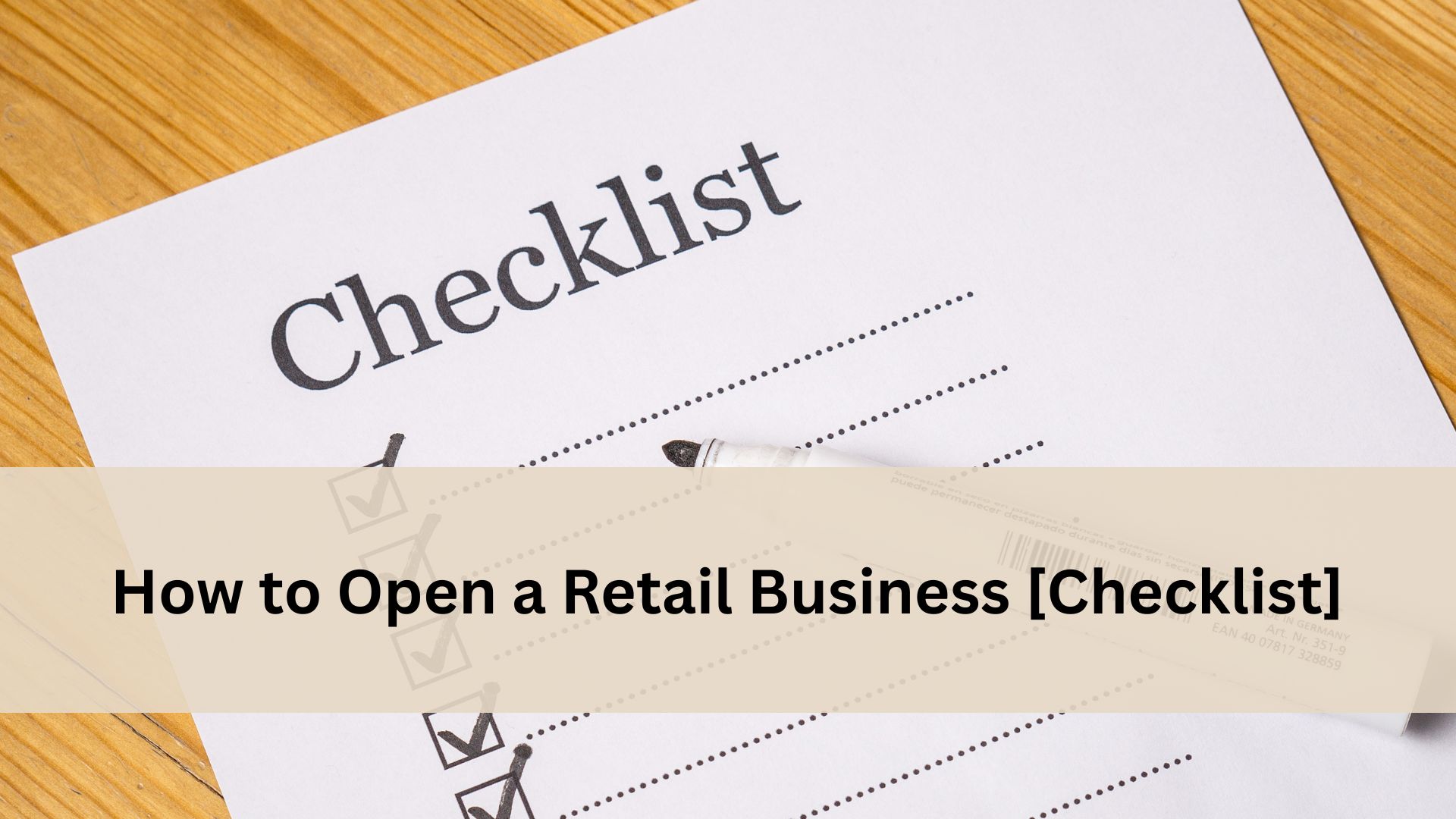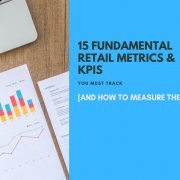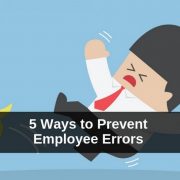Checklist: How to Open a Retail Business
If you are thinking of starting a retail business you have come to the right place. This blog is dedicated to helping you start your business as quickly and efficiently as possible.
According to the SBA, 28 million retail businesses in America account for 54% of all U.S. sales. With the right steps and this checklist, you’ll be able to carry your retail business from pipe dream to concrete reality.
Step 1: Research and Planning
Retail businesses can die overnight, but they can’t be created overnight, at least not successfully. This means you have to dedicate a large chunk of time to research and planning.
This can be easier said than done, especially with some budding entrepreneurs who feel they’ve been struck with such a dynamo idea. Setting wheels in motion before someone else does is not easy. Avoiding that urge to rush into things may just be the difference between a flop and a big win.
In your research you should seek to answer the following questions about your product:
- How much or how many products do you think will sell?
- Who would use this product or service (what’s your target market)?
- Which channels are best at targeting this market or demographic?
- Where would your retail business reside (a physical location or it may be entirely based off online or mail order sales)?
You should also consider thinking about yourself as a business owner. It’s very likely that you’ve never owned a business or thought of yourself as a business owner before.
What sort of owner do you plan to be?
Do you prefer being hands-on and customer-facing, or working behind the scenes and focusing more on management?
As a business owner, you are responsible for anything and everything. This isn’t a responsibility that meshes with every person’s personality, so you may decide you want to split the workload with a co-owner.
Step 2: Store Location and Layout
You’ve spent the time performing the necessary planning and research, and you feel that you have a good understanding of your business model, your product and how you want to launch it.
Now, it’s time to decide on a store location and layout. Based on your planning and research, you should have an idea of where you want to sell. You should also know whether you want to sell on the Internet, at flea markets, a traditional, brick and mortar store or a combination of the two.
If you decide to sell through a physical, brick and mortar store, choosing the location can be critical. Jumping on the first, available retail space that you find could mean landing yourself in an undesirable area with little foot traffic, which means lower revenue.
You should consider all of the following criteria before making a final decision about a store location:
- Cost
- Foot traffic
- Proximity to competition
- Other businesses in the area and how they compliment your own
- Neighborhood demographics and how they mesh with your target market
- Zoning regulations
- Available parking
- Number of entrances
Once you’ve landed on your dream retail location, your immediate next step is to organize and determine the layout of the store. This is true whether you are selling online or in a physical store.
However, the guidelines are a little different. For example, online stores put the bestselling products front and center, while the rule of thumb with retail stores is to put the best products in the back of the store, which means customers have to pass through the whole store to reach them.
Here are some other tips and tricks for determining the layout of your store:
- Create a racetrack that causes customers to visit all parts of the store as they browse
- Strategically place signage so customers can successfully navigate to what they are looking for
- The best locations in the store should showcase your most profitable items
- Make eye-catching displays to draw customers into buying products they normally wouldn’t
- Place related items next to one another, so customers are compelled to purchase them both together
- Deter shoplifters by putting the most expensive items in locked display cases
Step 3: Track Everything
Arguably, one of the biggest detriments to the success of a new retail store is failing to understand where the problem areas exist and thereby how to find the right solutions to fix those issues.
When sales are flat, it isn’t always a reflection of a poor business model or bad products. It could be something unrelated, like a poor store location, marketing messages that don’t resonate with the target market or other missteps.
Thus, you should make it a priority to measure and track as much of your business as possible. This will give you valuable insight into what your best products are, what the worst ones are, who is buying your products, what percentage of store visitors convert and make a purchase, how can prices be adjusted, etc.
In a way, this is just a continuation of your research from step one. You should always be monitoring and researching your brand and its products to find fresh and previously unthought of ways to improve business.
The more you can track, the more you can learn about your businesses, and the larger your margin for improvement is. During times of low sales or poor business, this kind of learning can be invaluable towards finding a way to crawl out of the valley.
Step 4: Get a Point of Sale System

One of the best tools for tracking and measuring your business and its success is the right retail POS system.
One of the best tools for tracking and measuring your business and its success is the right retail POS system. Not only do these machines allow you to process payments of different types, but they also house a lot of valuable sales data.
Some POS systems even let you track inventory, so you know when to restock products. In a way, you can think of your chosen point of sale system as the brain center of your business.
In today’s increasingly digital and mobile world, a POS system has to process payments of a wider variety than ever before. Some of these payment types, like mobile, NFC payments, require a more modern, sophisticated POS software. Luckily, these new, mobile-centric, retail POS systems are actually cheaper and offer more features than the large, in-the-way POS machines and cash registers that we’re accustomed to.
When choosing a POS solution, you have to consider how and where you’ll be receiving payments. If your business is operating mostly on-the-go, at flea markets, trade shows, etc., then a mobile POS system will allow you to accept all kinds of payments, no matter where you are.
Additionally, you may decide that this sort of mobility benefits you inside your store, by being able to service customers anywhere in the store, instead of only at the checkout counter.
Again, research is going to be your most valuable tool. You don’t want to buy the first POS system you find, only to discover it doesn’t meet your unique needs. Instead, you want to do a lot of research into the different types, models, and prices available to you. You may even want to look at what similar businesses use, concerning how they process payments, and why.
Step 5: Promote, Promote, Promote
Very, very few companies stumble into success, but many fail from being too complacent and believing that success will come to them.
Getting the word out about your company is vital to its success. So, ignore the Field of Dreams mantra of, “If you build it, they will come,” go out, spread the word and bring customers into your business.
Effectively marketing your products and brand means using a variety of different strategies, channels and types of messages to not only encourage potential leads to visit your retail location(s) but ultimately convert and make a purchase.
Thanks to the hyper-connectivity of the Internet, we have more opportunities to reach potential customers than ever before. Some of the most effective marketing techniques stem from leveraging the Internet, such as:
- Marketing on social media channels
- Creating and publishing blog, video and other types of content
- Search engine optimization (SEO)
- Email-based marketing messages and newsletters
If your target market isn’t present on Internet channels and you want to take a more traditional route of marketing, there’s still a lot you can do:
- Partner with a local business (not a direct competitor) to create fun, promotional events and deals
- Get involved in the local community by sponsoring popular events around town
- Develop a referral program to encourage others to spread the word
- Attend trade shows and events at your town’s Chamber of Commerce to help establish a reputation
- Create print, radio or TV ad campaigns
As you explore and experiment with different avenues of promotion, always try and keep track of how each strategy is performing. This will allow you to focus on the tactics with the highest return-on-investment (ROI) and gain a better understanding as to what types of messages and channels resonate most with your customers.
Conclusions
Retail businesses come in many different shapes and sizes, but what always remains true is that becoming a successful retailer doesn’t happen overnight. It takes hard work, careful planning, and constant diligence.
The prospect of opening a retail business can be as terrifying as it is exciting. The road to success can be littered with risks and pitfalls, but with this checklist guide, you’ll be better equipped to meet those challenges head on and come out the other side fruitful and triumphant.
If you’re ready to open your retail store, you need to choose a reliable POS system. Try out eHopper POS totally risk free!









Leave a Reply
Want to join the discussion?Feel free to contribute!